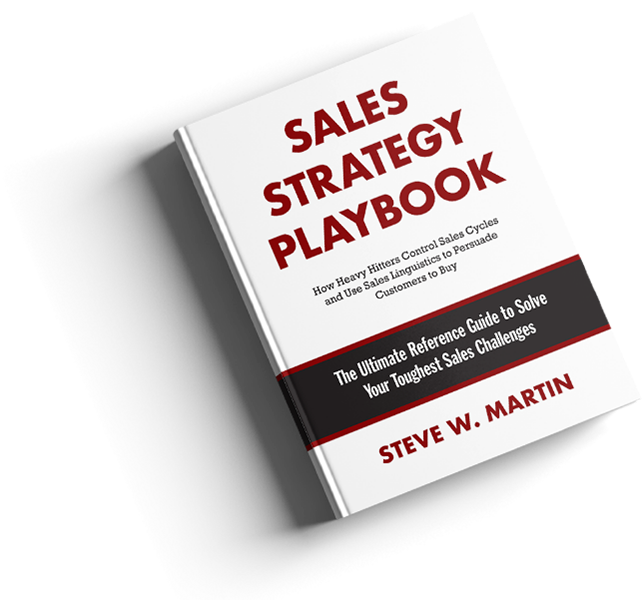Research Overview
The goal of this research project was to understand what’s really on customers’ minds. What are their perceptions of the salespeople they meet, and how do they ultimately choose between them? To accomplish these goals, business professionals who evaluate the products and services their companies use participated in this research project. Study participants completed an extensive survey on a variety of subjects to understand their personality tendencies and were asked to provide opinions on real-world sales scenarios. The questions were intended to discover what they like and dislike about different types of salespeople. Research topics include:
BUYER PERCEPTIONS OF SALESPEOPLE
1. Buyers rate two-thirds of B2B salespeople as being average or poor
2. Just 18% of salespeople are classified by buyers as trusted advisors whom they respect
3. Only 31% of salespeople converse effectively with senior executives
4. 54% of salespeople clearly explain how their solution positively impacts a customer’s business
WHAT’S WRONG WITH SALESPEOPLE
5. Buyers sense the salesperson’s agenda to make the sale and can feel pressured
6. Salespeople give a canned pitch and don’t listen to buyer requirements
7. Differences in communication style and personality can alienate buyers
8. Salespeople don’t adapt their approach to differing gender perspectives
9. Salespeople want to develop relationships but buyers are too busy
UNDERSTANDING BUYER BEHAVIOR
10. The personalities of salespeople and buyers are quite different
11. Buyers are more instinctual than salespeople think
12. How buyers receive information influences their choice
13. Nearly every selection committee has a “bully with the juice”
14. Two-thirds of buyers try to avoid conflict as much as they can
15. Two-thirds of buyers avoid revealing the truth about their intent to salespeople
16. Nearly 70% of buyers exhibit obsessive-compulsive tendencies
17. Buyer’s remorse is the not the salesperson’s fault 70% of the time.
18. For buyers, silence is not agreement
19. How a salesperson dresses influences a buyer’s perception
20. The B2B sales cycle is predicated on risk mitigation
21. Buyers have different abilities to push purchases through their organization
HOW SALESPEOPLE CAN HAVE MEANINGFUL BUYER INTERACTIONS
22. When product functionality and price are equal, buyers pick a certain type of salesperson
23. 70% buyers prefer not to be challenged into new ways of thinking
24. “Hard” closing statements are least likely to resonate with buyers
25. 81% of buyers prefer to talk to someone with their same mannerisms
26. Half of buyers say email is the best way to land an initial meeting with them
27. Buyers say Tuesday is the best day of the week to reach them
28. Most buyers prefer salespeople wait several days before following up after an initial sales call
29. Two out of three buyers view a salesperson’s LinkedIn profile prior to a meeting
30. Diversity among buyer personas means salespeople must adapt their approach with intuition
Customers can think of a salesperson as someone who is trying to sell something, a supplier with whom they do business, a strategic partner who is of significant importance to their business, or a trusted advisor whose opinions on business and personal matters are sought out – and listened to. Obviously, a trusted advisor enjoys significant advantages over the competing salespeople. However, just 18% of the salespeople they met over the past year would be classified as trusted advisors whom they respect.
It’s likely that you frequently meet with lower-level and mid-level employees at companies whose business you’re trying to secure, but it’s the rare conversations you have with C-level decision makers that directly determine whether you win or lose the deal. Therefore, it is critical to understand how C-level executives think and communicate – and that you adapt your use of language to match theirs. Unfortunately, buyers report that fewer than one out of three salespeople can hold an effective conversation with senior executives.
Complete research details can be found in Steve W. Martin’s latest book titled Sales Strategy Playbook.



